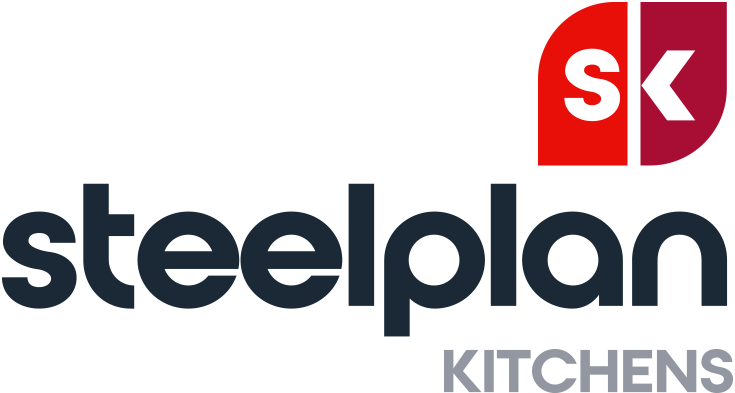If you manage a community centre or church hall, you don’t need us to tell you how much more important sustainability is becoming for you and your community.
Whether you are simply recycling more; you have a more elaborate net-zero ‘pledge’; or you are part of a network with a fully-fledged Environmental, Social and Governance (ESG) strategy, you are certainly not alone in taking more eco-friendly actions with every passing year.
However, whatever the size of your community hub, one thing is certain – you can be a powerful influence for sustainability in your community… and your kitchen can be at the heart of it.
So, if you are making the case to refurbish or even install a new kitchen, we have put together this blog to explain 4 simple ways your kitchen can help you deliver on your sustainability goals.
1. Reducing water and food waste with a sustainable kitchen
Kitchens are one of the hotspots for water waste in both homes and community centres – and it’s often simply because your kitchen is outdated.
Some of those ‘trouble-spots’ may be familiar to you:
- Old dishwashers and inefficient kettles
- Leaky taps (which leak anywhere from 30-200 litres of water a day)
- Taps with poor water pressure (which mean you use them longer)
In the case of food waste, a new kitchen can give you space for compost bins, and even allow you to install a fridge and freezer to keep more of the food you make.
Lastly, remember that a new kitchen can help you engage your community in your sustainability efforts – if your new kitchen can host cooking classes, then ‘plot-to-plate’ classes can teach people how to grow their own food, while budget cooking classes can help you and your visitors make the most of food on the verge of being thrown out.
2. New appliances in a sustainable kitchen
We have already named a few of these – fridges, freezers, kettles and dishwashers – but beyond limiting food and water waste, new appliances can help you tackle energy waste too.
You don’t need us to tell you that modern appliances are designed with energy-efficiency in mind, but one of the most important sustainable (and practical) choices you can make is between gas and induction hobs.
While switching to electric induction hobs is a more energy-efficient choice, you may want to keep a gas hob for flexibility (for example, this community centre used gas hobs to brew tea with a traditional gas stove for its South Asian visitors.)
In both cases, this is where support from an experienced team of kitchen designers can give you the best advice on appliances that balance sustainability, cost-effectiveness and practicality.
3. Eco-friendly kitchen cleaning
While it may seem more frustrating than anything, if a kitchen is hard to clean, it is actually less sustainable too.
This isn’t just because you use more water to remove spills, dirt and grime that are absorbed by surfaces such as MDF – but it’s also common to resort to more chemical cleaners to clean stubborn stains.
This is where you may come across cleaners with volatile organic compounds (VOCs), which can release harmful substances into the environment.
Far preferable to these are organic, sustainable cleaners – and while these are an immediate sustainable choice, you can complement this (and save untold time) by choosing a more co-operative kitchen surface…
4. Choosing a sustainable kitchen surface material
We have talked at length about how difficult it is to clean MDF when you spill something on it, which results in your wasting more water and using harmful chemical cleaners.
However, there’s another major problem with them, too – they are flimsy, and they don’t last long.
MDF kitchens appeal because they are aesthetically pleasing and often have a low upfront cost. However, as we have said many times before, MDF cabinets, units and more very rarely stand up for long in a semi-commercial environment (like a community centre or church) where they may see a lot of use.
Chipping, breakage and other kinds of damage are very common, and they are hard to justify from a sustainability or cost perspective when you inevitably have to replace them.
That’s why a durable, hard-wearing material like polyester powder-coated mild steel, which is durable enough for the wear-and-tear of a normal kitchen environment, is the more sustainable choice.
Ready for a sustainable community centre kitchen transformation?
With a shiny new sustainable kitchen for your community hub, it’s far easier to engage your community to join you in sustainability-minded activities, which helps everyone.
Reducing food, water and energy waste saves money, whilst an easy-to-maintain kitchen made of the right material will last for many years, reducing your carbon footprint- and make your cleaning team’s life far easier. A sustainable kitchen is game-changing, but it’s not difficult to achieve. With help from Steelplan, you have a dedicated team of experts to help you design and install your kitchen, making smart, cost-effective choices every step of the way. So, why not call 020 8254 0090 or contact us to see how we can help transform your kitchen





